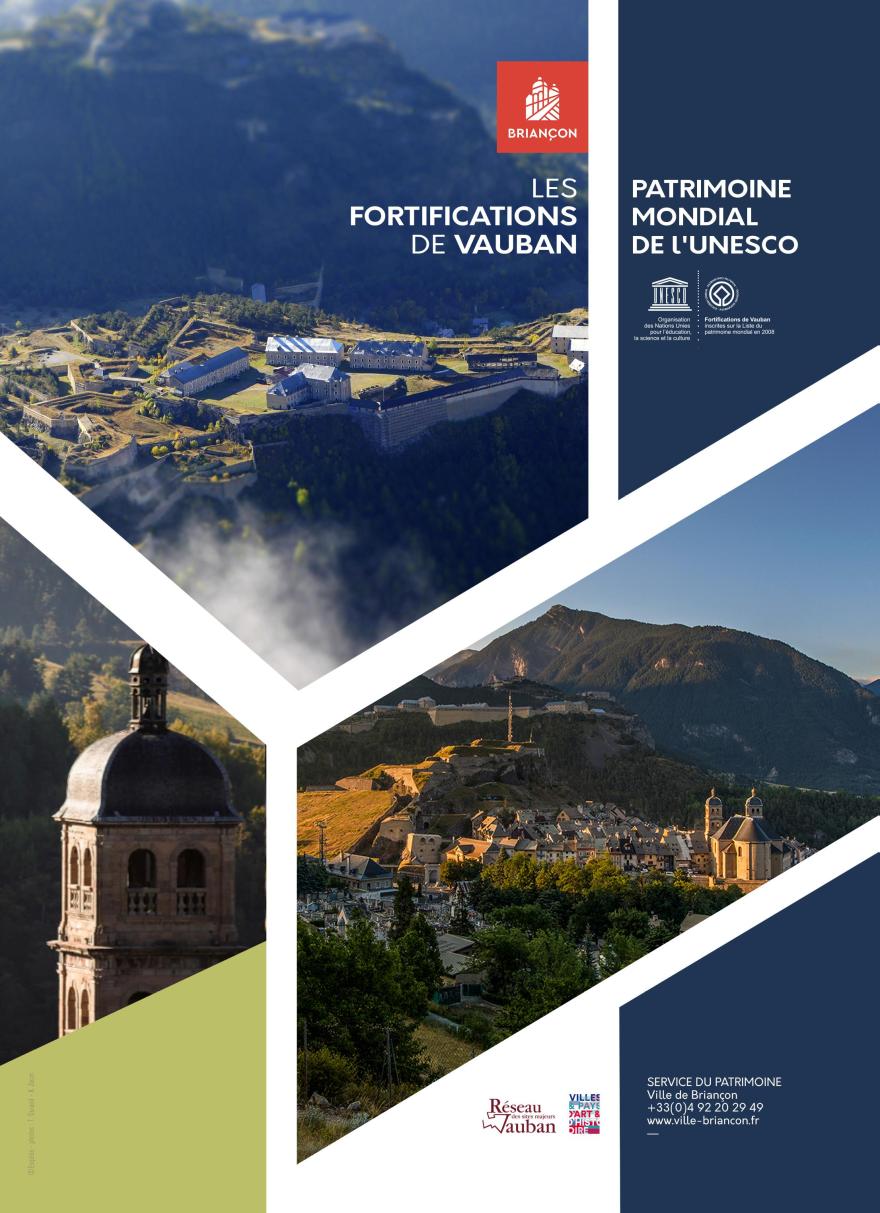THE VAUBAN FORTIFICATIONS IN BRIANÇON WORLD HERITAGE SITE
Strategically located at an altitude of 1326 meters, the upper town of Briançon, perched on a rocky outcrop, is a unique example of mountain fortification. Encircled by ramparts designed by Vauban, it is itself crowned by high-altitude forts, making it impregnable.
This majestic and imposing site provides an insight into the genius of adaptation demonstrated by Louis XIV's famous military engineer. Although many of these works were completed after his death, they were built according to his principles until 1734.
It is for this reason that Vauban's fortifications in Briançon are now included on UNESCO's prestigious World Heritage List, alongside eleven other sites and federated under the Réseau des Sites Majeurs de Vauban.
The linchpin of Briançon's defensive system, this imposing fort replaced the entrenched camp on the Trois Têtes plateau in 1721, which Vauban considered so important to the town's defense.
Conceived as an advanced sentinel in the chain of fortifications, this position ensured the crossing of fires with the fort des Salettes to prevent access to the town from the Chemin du Piémont.
Situated in a narrower, steeper position than the other structures, this fort was built on three platforms. Its main role was to prevent an attack from the ridges.
Atypical in the history of fortification, this covered passage had a dual function: to ensure communication between the Trois Têtes fort and the Randouillet fort, while at the same time blocking the Fontchristiane valley.
A true work of art, combining technical and aesthetic prowess, this bridge was built to link the upper town with the forts on the left bank of the Durance. The daring structure consists of a single semi-circular arch spanning over 38 m, almost 55 m above the bed of the Durance.
This total adaptation to the site, with defenses tiered to ensure mutual flanking, has created an exceptional fortified landscape that justifies Vauban's fortifications in Briançon finding their place today on "the roof of the world".

The "Rendez-vous Briançon Patrimoine" program of tours offered by the city of Briançon's heritage department is available for download here in all Serre Chevalier Vallée Briançon Tourist Offices.
Book your visit at our reception desks (from Briançon to Le Monêtier-les-Bains) or directly online:
- VISIT BRIANÇONand book
Service du Patrimoine
Porte de Pignerol - 05100 Briançon
Tel. 33 (0)4 92 20 29 49 - Email

